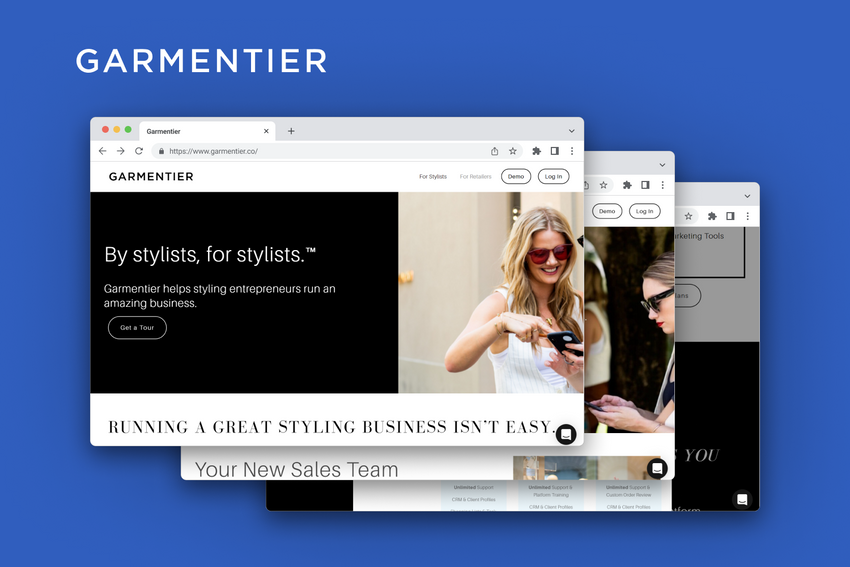An Ultimate Guide to the Structure of a Software Development Team
We’ve created a guide to help you get an ideal structure of your project software team.
When you have a bright business idea, you want to hire a development team that will implement it perfectly: get the product idea right, quickly cover all technical issues and know exactly how to make the development process smooth and effective. But how to understand which team will be a match for your project? What size and structure should it be? We’ve created an ultimate guide to help you get the right answers step by step.
Agile Teams Types and Inner Members Roles
First of all, let’s get acquainted with the possible agile teams types and roles inside it. Agile team is a cross-functional team of 5-11 people who are working according to agile principles and can define, create, test and implement the needed product in a given time frame. Further we will tell more about agile principles, and now let’s dive into the possible types of agile teams:
- Generalists: all members have a fultack programming skill set and can switch tasks with each other if needed. Although they don’t have a specialised knowledge, they are a good choice for small projects;
- Specialists: each member is an expert in a certain domain and has a definite role on the project, thus members can’t exchange tasks with each other;
- Hybrid: the most common type of an agile team, here usually several specialists and a few generalists work together on a large project, but the combination can vary.
Inside each type of agile teams, the following member roles are possible:
- Product owner: the person who has the final vision of the product and all the info about it, so all the rest can consult with him/her;
- Project manager: a mediator between the client, product owner and the team, which rules the product development, set deadlines for the tasks and enables the smoothness of the working process due to the use of agile methodologies;
- Account manager: this person communicates with clients to anticipate their desires regarding the product and enable long-term relationships
- Software developer: the core member of the team, the person who write the code according to the technical requirements and the software architecture;
- QA engineer: they are also called testers, as they test the ready piece of code or the whole project for bugs and report them, helping to improve and release the product;
- Designer: they make the interface of the product clear, user-friendly and engaging.
Thus, depending on the type and complexity of your project as well as the time you have for its implementation, you can choose the best fitted team type and staff it with the right specialists. Let’s look closer at possible team size variations at the next step.
Size = Complexity*Time
Size is the main point in structuring your project team, so below we have presented the approximate number of the specialists you may need according with the project complexity:
In other words, a small team of 5 general specialists can be enough to build a product prototype, but for the whole product development, in most cases, you need up to 9 specialists, and this number can be even bigger if there are any third-party integrations.
Principles and Methodologies of Agile Development
The next important criteria of a reliable development team is whether they follow agile principles of development — an accepted standard of programming all over the world. There are 12 agile development principles, the most important of which are the following:
- Flexibility upon a project fulfilment;
- Client and the team stay in touch;
- Each development iteration has its independent value;
- Results are more important than tools.
In order to help teams follow these principles, several agile project management methodologies like Kanban and Scrum were developed. Below you can see the differences between outdated waterfall and agile development, as well as the bonuses which gives the last one:
The Last Advice
Now, it’s clear that the team size and structure depends on the project complexity, but size is not the only criterion. What is also important is the streamlined working process in the software company itself, as well as the friendly atmosphere in your chosen team. Disrupted communication and chaotic, unbalanced working processes can ruin the results of any well-structured development team, so always check the company by looking customer’s reviews on Clutch and similar resources.
We hope this guide will help you to get a perfect structure of your project development team, and if you have any questions, you can get a free personal consultation from a Clutch-certified software company here.

Need Help With A Project?
Drop us a line, let’s arrange a discussion















